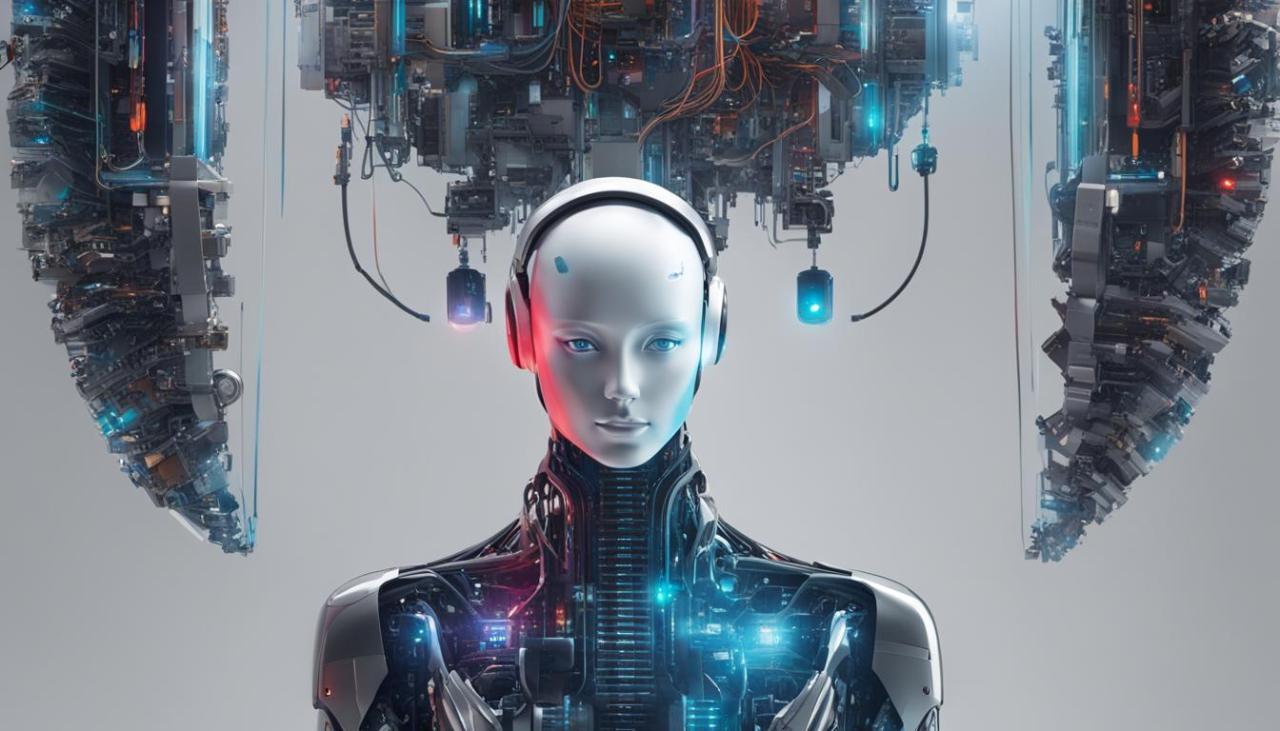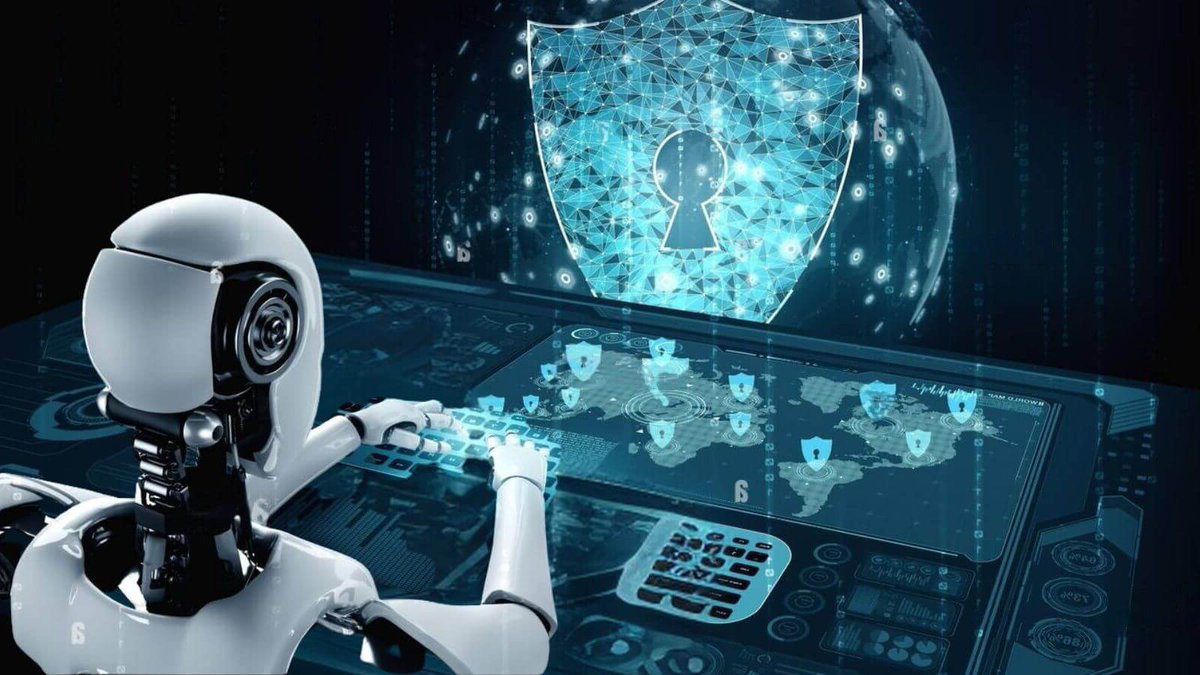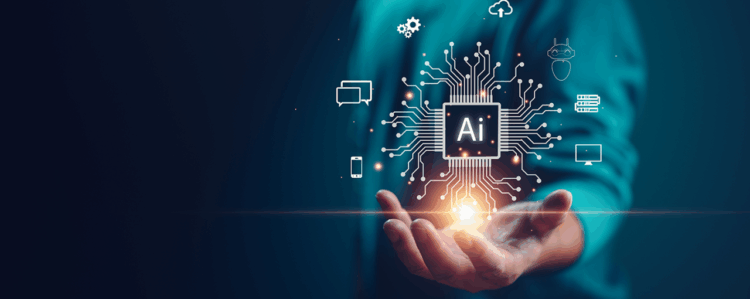The corporate landscape of 2025 is no longer defined by simple workflow automation; it is characterized by the rise of Zero-Effort, Real-Time Task Monitoring. This profound shift, driven by advanced Artificial Intelligence (AI) and Generative AI (GenAI) agents, means that high-value professional teams are finally liberated from the time-consuming friction of administrative oversight, allowing them to focus almost exclusively on strategic work, innovation, and direct client value delivery. For businesses aiming to capture lucrative, high-CPC advertising niches—such as financial technology, advanced software consulting, and compliance—this transition from manual tracking to autonomous monitoring represents the single greatest opportunity for margin expansion and competitive advantage. The future of work is not just automated; it is autonomously managed.
Defining the Autonomous Workplace Evolution

The previous generation of project management tools offered simple automation: if A happens, then execute B. Today’s AI-powered systems introduce a cognitive layer that can observe the entire workflow, predict potential failures, and intervene autonomously to correct the course—all without human input. This is the essence of Zero-Effort Monitoring.
1. The Transition from Reactive to Predictive Oversight
Historically, task monitoring was reactive; managers reviewed reports after deadlines were missed or bottlenecks occurred. The modern AI framework transforms this into a predictive system.
Key predictive capabilities of 2025 AI Agents:
- Algorithmic Risk Forecasting: AI analyzes thousands of historical project variables—including individual team member velocity, inter-task dependencies, and resource availability—to generate a real-time risk score for every ongoing task. It doesn’t just show a task is late; it forecasts the probability of it being late and the impact on subsequent steps.
- Intelligent Resource Re-Allocation: When an AI detects a task risk score spiking, it autonomously identifies underutilized resources or team members with relevant niche skills and proposes a dynamic reallocation plan, or in some advanced cases, moves the task itself.
- Contextual Status Reporting: Instead of requiring team members to manually update task cards, the AI pulls context directly from linked communication (Slack/Teams), code repositories (GitHub), and documentation (Confluence/Notion) to generate real-time status updates that are immediately visible across the entire project dashboard. This feature, known as “Context-Driven Status,” eliminates one of the biggest administrative drains on knowledge workers.
2. High-CPC Niches and Value Capture
The value proposition of zero-effort monitoring is highest in industries where errors are costly and time is equivalent to significant capital. High CPC ad placements reflect this scarcity and value.
Industries driving high-value AI monitoring adoption:
- Financial Services (FinTech): Automated reconciliation, fraud detection, and regulatory compliance reporting are monitored 24/7. An error in reporting can cost millions in fines; AI monitoring ensures high-fidelity data flow across systems like enterprise resource planning (ERP) and customer relationship management (CRM).
- Enterprise Software Development: AI agents oversee Continuous Integration/Continuous Deployment (CI/CD) pipelines, automatically flagging code vulnerabilities, running comprehensive unit tests, and ensuring adherence to engineering standards, dramatically reducing the mean time to repair (MTTR).
- Legal and Compliance: Large Language Models (LLMs) are tasked with monitoring new regulatory changes and autonomously scanning internal documents and workflows for non-compliance issues, a service that attracts premium advertising dollars due to the inherent risk mitigation it provides.
Technological Architecture: The Backbone of Autonomy

Achieving true zero-effort monitoring requires a robust and deeply integrated technology stack that goes far beyond simple cloud hosting. It is built on the convergence of Generative AI and Hyper-Automation Platforms.
1. The Role of Generative AI in Observability
GenAI, specifically advanced transformer models, provides the necessary comprehension layer to interpret complex, unstructured enterprise data—a critical step that traditional automation systems couldn’t handle.
How GenAI enables autonomous monitoring:
- Unstructured Data Interpretation: GenAI reads and summarizes email chains, lengthy meeting transcripts, and internal knowledge base articles to extract precise project context. For example, it can discern the intent of a client message buried in a long thread and translate that directly into a new, prioritized task.
- Natural Language Querying (NLQ): Managers no longer need to build complex dashboards. They can ask the system, “What is the likelihood of Project Phoenix being delivered next week?” and the AI will synthesize data from dozens of sources to provide a concise, data-backed answer, complete with a confidence rating.
- Automated Documentation and Retrospection: Upon project completion, the monitoring agent automatically compiles all task logs, communication summaries, and final reports into a cohesive “Project Post-Mortem” document, facilitating continuous process improvement without human documentation time.
2. Hyper-Automation and Seamless Integration
The core value driver is the platform’s ability to connect disparate enterprise systems (the “Integration Imperative”). The tools driving high AdSense value are those that manage this complexity.
Essential integration features for Zero-Effort Monitoring:
- Bidirectional API Connectors: Allowing data to flow in (for monitoring) and out (for autonomous action) between all platforms: CRM (Salesforce), Project Management (Jira, Asana), Communication (Slack, Teams), and ERP (SAP, Oracle).
- Low-Code/No-Code Workflow Builders: Empowering non-technical managers to design and tweak complex monitoring rules and autonomous response protocols (e.g., “If client urgency score exceeds 90 and development velocity drops below target, alert the VP of Engineering immediately”).
- Agentic Workspaces: Platforms that host customizable AI agents capable of holding state, meaning they remember previous interactions and decisions, making their subsequent autonomous actions more contextually relevant and reliable over time.
Operationalizing Zero-Effort Monitoring (ZEM)
Implementing this next-generation monitoring system requires a strategic rollout that prioritizes high-value workflows first, ensuring maximum return on the technology investment.
1. Identifying High-Impact Workflows
The focus must be on workflows that are high-volume, repetitive, and most prone to human error—the areas that directly impact the bottom line and client satisfaction.
Ideal candidates for ZEM implementation:
- Client Onboarding Pipelines: Monitoring all steps from contract signing to service activation, ensuring compliance documentation is collected and internal resources (e.g., dedicated support staff) are assigned within the Service Level Agreement (SLA) window.
- Invoice-to-Cash Cycles: Automatically tracking invoice issuance, payment deadlines, and client communication for late payments, autonomously triggering soft follow-up reminders, drastically reducing days sales outstanding (DSO).
- IT Service Desk Management: AI monitors ticket queues, prioritizes issues based on user role and system impact, and auto-routes complex queries to the correct specialized engineer, ensuring rapid resolution times and a high-quality employee experience.
2. Security and Governance in Autonomous Systems
As AI agents gain more autonomy, the risk of data leakage and compliance failure increases exponentially. Robust governance is non-negotiable for enterprise adoption.
Critical ZEM governance requirements:
- Immutable Audit Logs: Every action, prediction, and autonomous intervention made by the AI agent must be logged in a secured, uneditable record for regulatory review and internal accountability.
- “Human-in-the-Loop” Overrides: Establishing clear, predefined points where the AI must pause and seek human approval before executing a high-risk or high-cost action (e.g., re-prioritizing a critical production bug).
- Data Masking and Privacy: AI models must be trained and operate using strict data masking protocols, especially when handling Personally Identifiable Information (PII) or confidential client data, ensuring compliance with global regulations like GDPR and CCPA.
The Cultural and Skill Shift: Leading with AI
Zero-Effort Monitoring does not eliminate the manager’s job; it elevates it. The new leadership challenge is managing autonomous systems and leveraging the suddenly available human bandwidth for higher-order thinking.
1. The Evolution of the Project Manager
The Project Manager transitions from a task tracker to a Strategic Workflow Architect and AI Supervisor.
New core competencies for leaders:
- AI Policy Design: Defining the boundaries and rules for autonomous agents—determining when and how the AI is allowed to act without intervention.
- Iterative Workflow Tuning: Continuously feeding feedback into the AI model based on its performance, effectively training the agent to improve its decision-making accuracy.
- Team Bandwidth Management: Re-purposing the 15-20 hours per week previously spent on administration (meetings, status updates, manual tracking) toward skill development, client relationship building, and pure innovation.
2. Creativity and Empathy
By offloading the mechanical aspects of work, ZEM allows human talent to double down on uniquely human skills that AI cannot replicate: creativity, nuanced negotiation, and empathy.
High-Value Human Focus Areas:
- Unstructured Problem Solving: Tackling novel client issues or market disruptions that lack historical data for AI prediction.
- Stakeholder Communication: Managing high-stakes conversations, building trust, and navigating the political and cultural challenges inherent in any large project.
- Innovation and Idea Generation: Utilizing the freed-up mental energy to brainstorm new product lines, optimize business models, and create intellectual property—the ultimate drivers of long-term high-margin revenue.
Conclusion
The title, Zero Effort, Real-Time Task Monitoring, is more than a technical description; it represents the ultimate aspirational state for the modern enterprise. In 2025, the competitive edge belongs to organizations that have successfully moved beyond basic automation to adopt autonomous, cognitive monitoring systems. This shift is not merely about marginal efficiency gains; it is about a wholesale revolution in how high-value work is conceived, managed, and executed.
By deploying sophisticated AI agents to perpetually watch, predict, and course-correct complex workflows, companies operating in high-CPC sectors—where every minute and every data point carries a premium value—are realizing unprecedented levels of operational precision, security, and velocity. The administrative cost and mental burden associated with tasks like status meetings, manual data entry, compliance checks, and bottleneck identification have been virtually eliminated.
This liberation of human potential allows organizations to reallocate their most expensive and brilliant resources—their knowledge workers and strategic leaders—from the tedious “checking” function to the essential “creating” function. The result is a positive feedback loop: lower operating costs, faster time-to-market for high-margin products, and enhanced employee engagement stemming from work that is intellectually stimulating rather than administratively draining. Ultimately, Zero-Effort Monitoring establishes the foundation for the next decade of sustained, high-growth profitability, cementing the AI-driven autonomous workplace as the irreversible, high-value standard.













